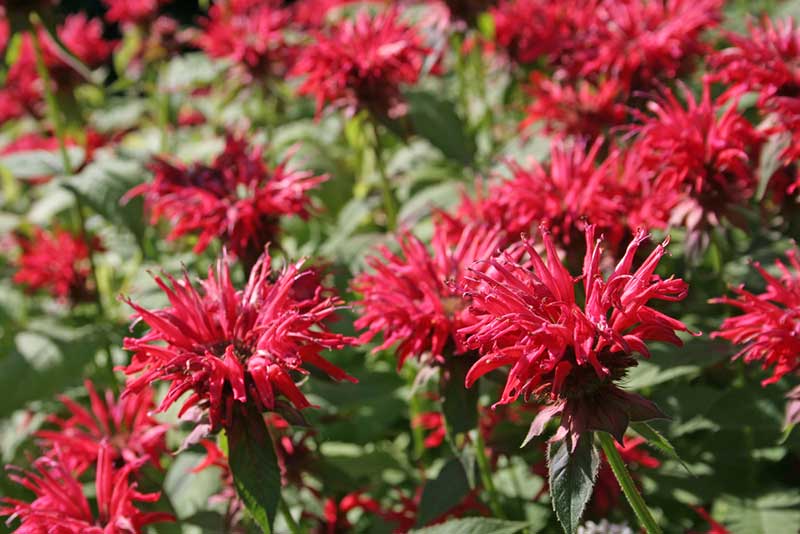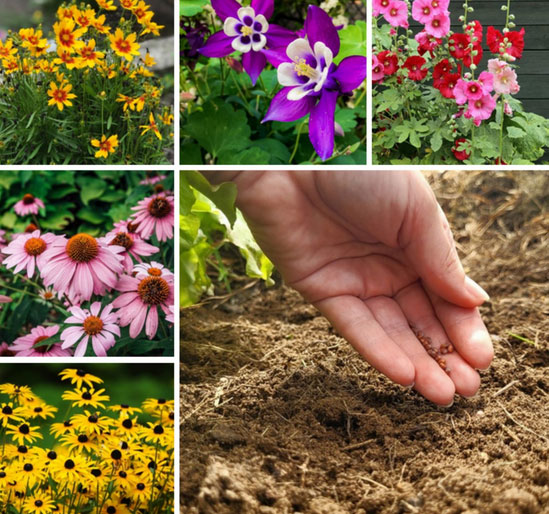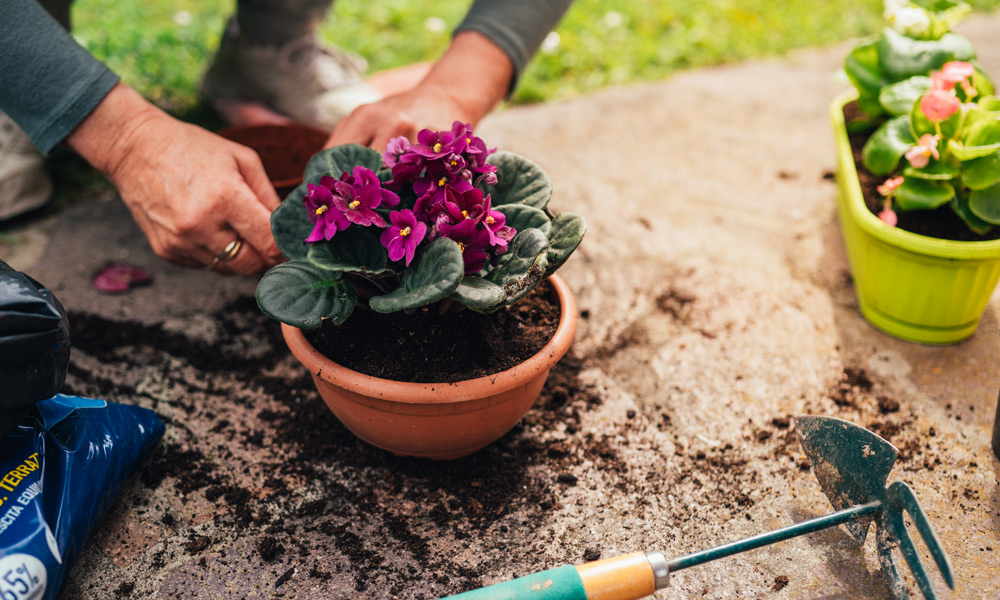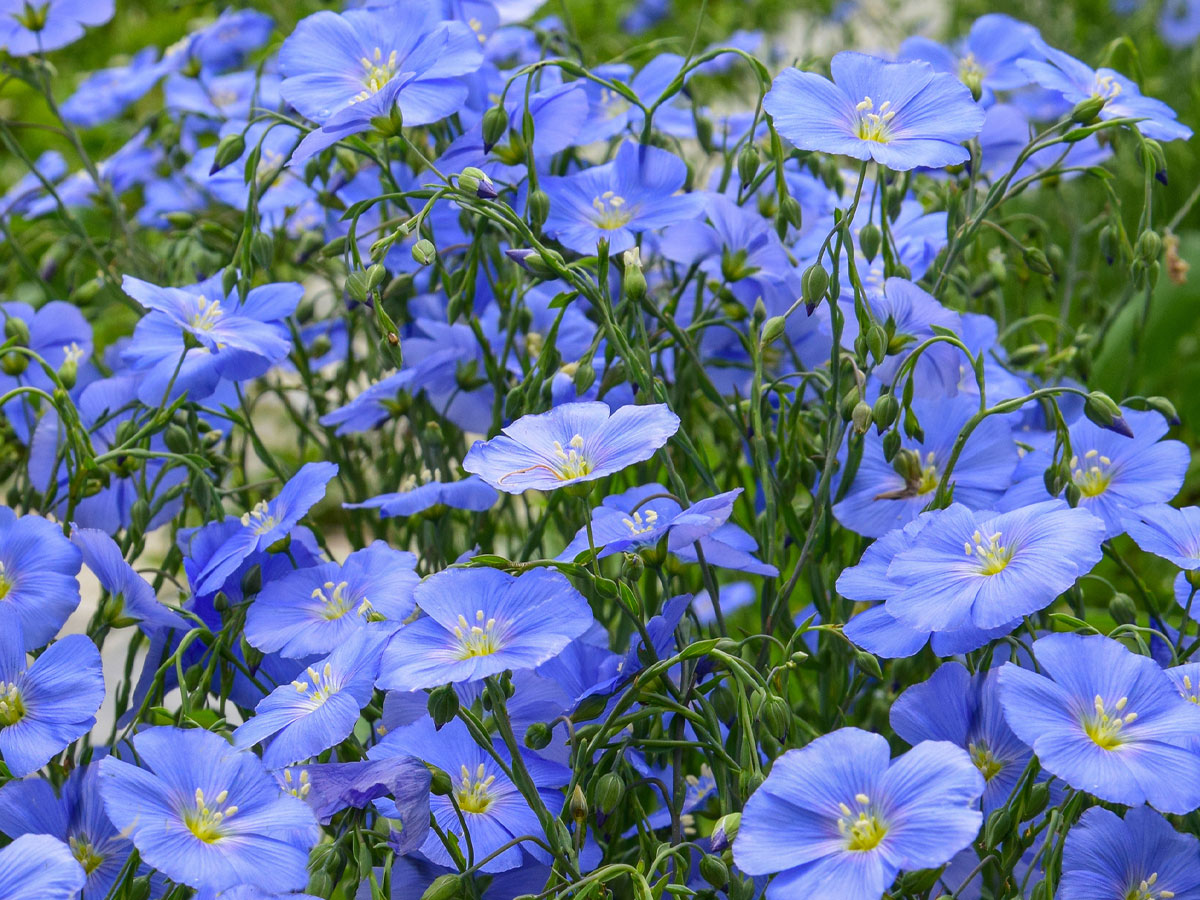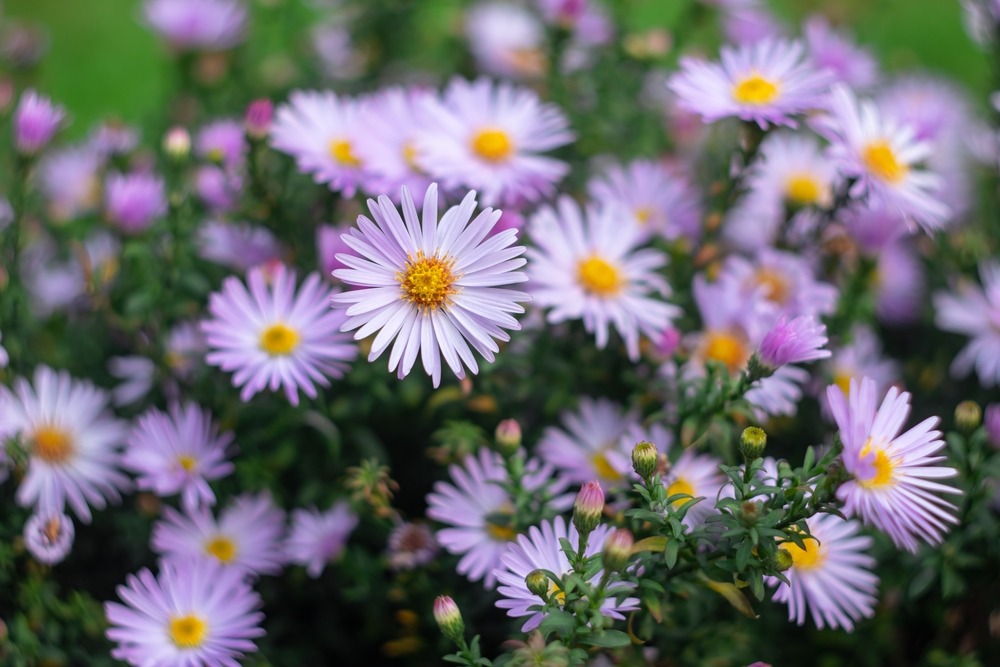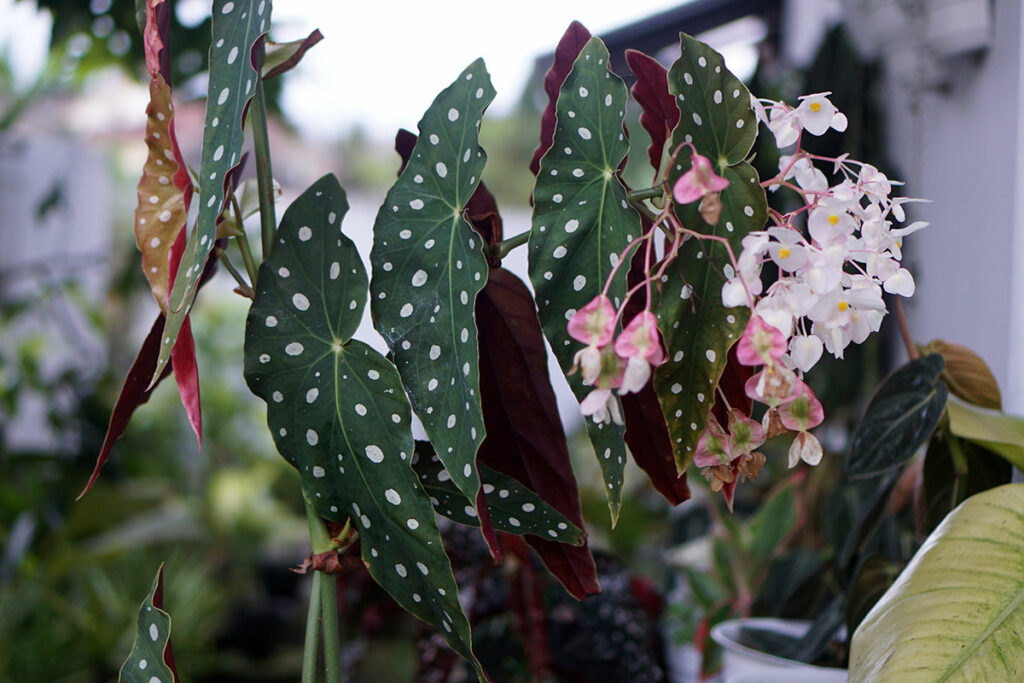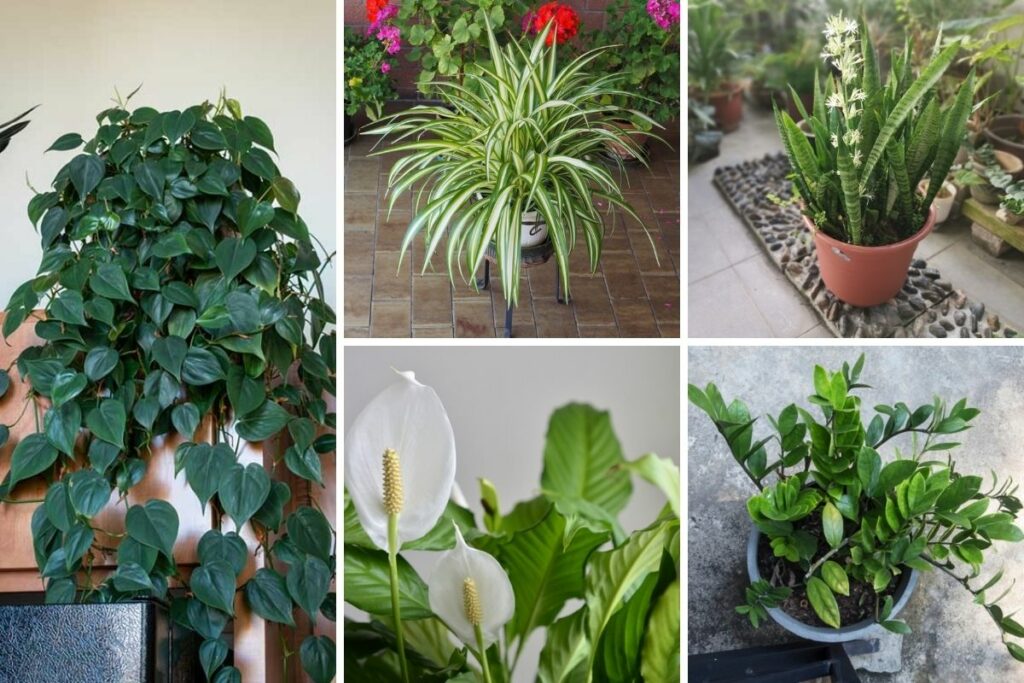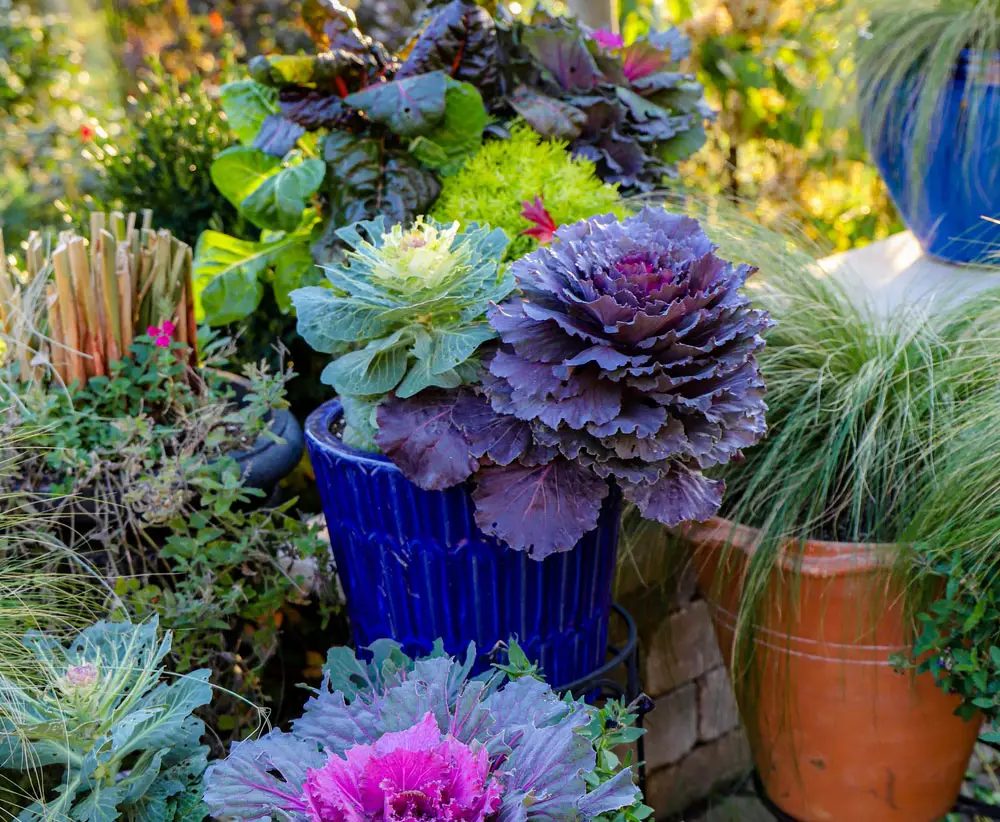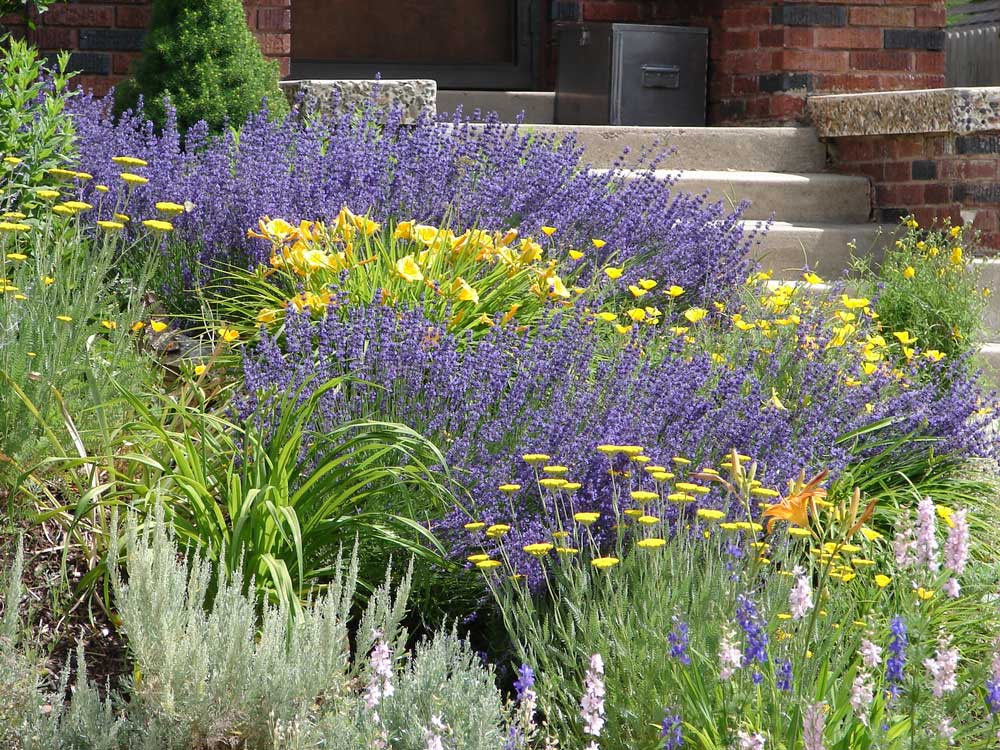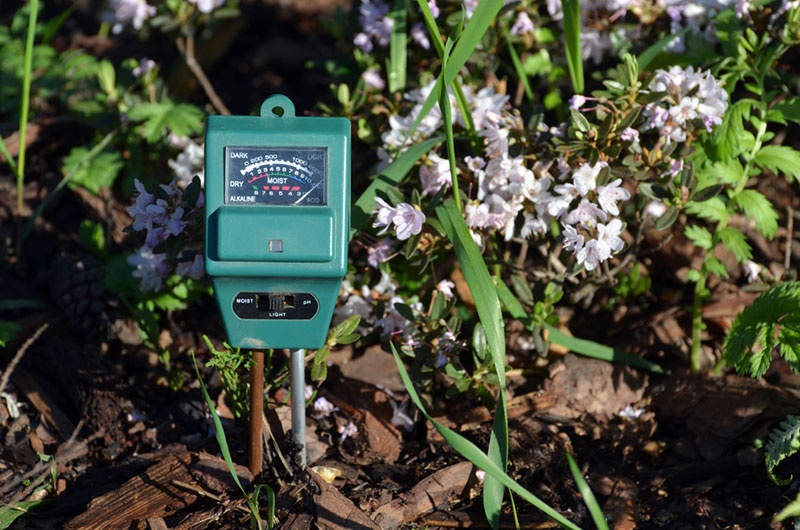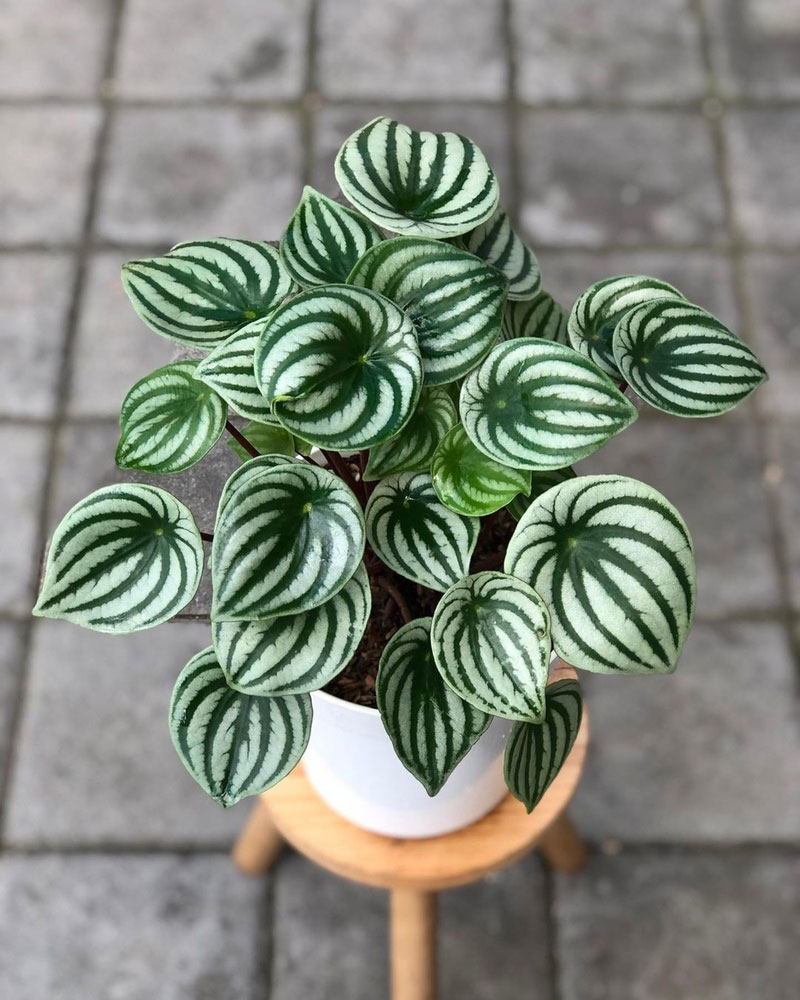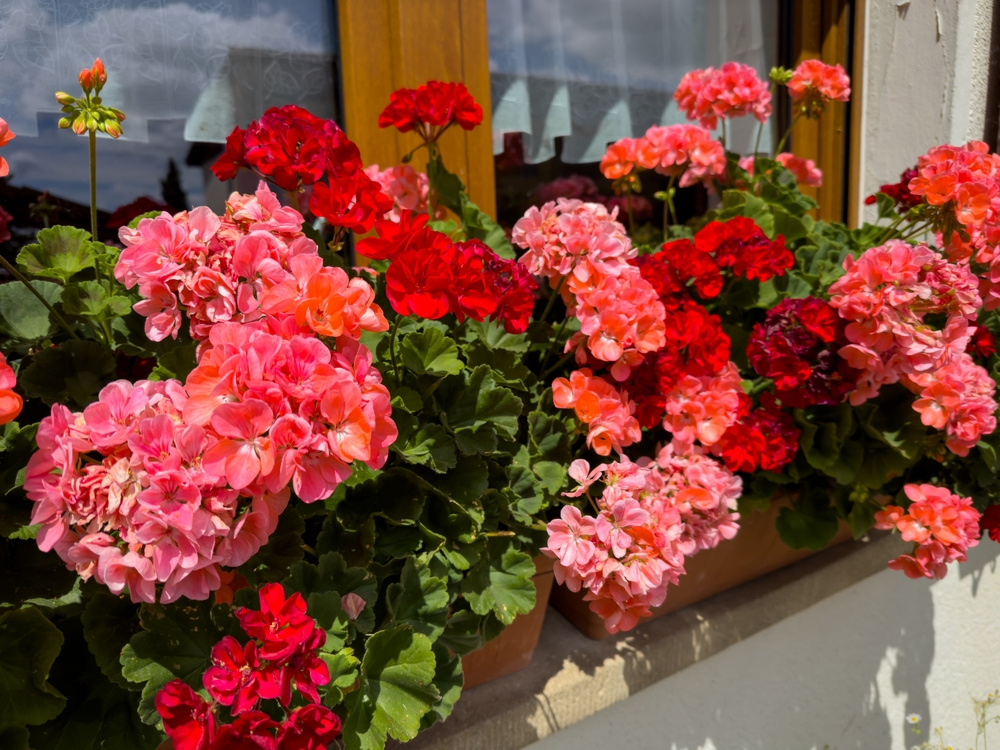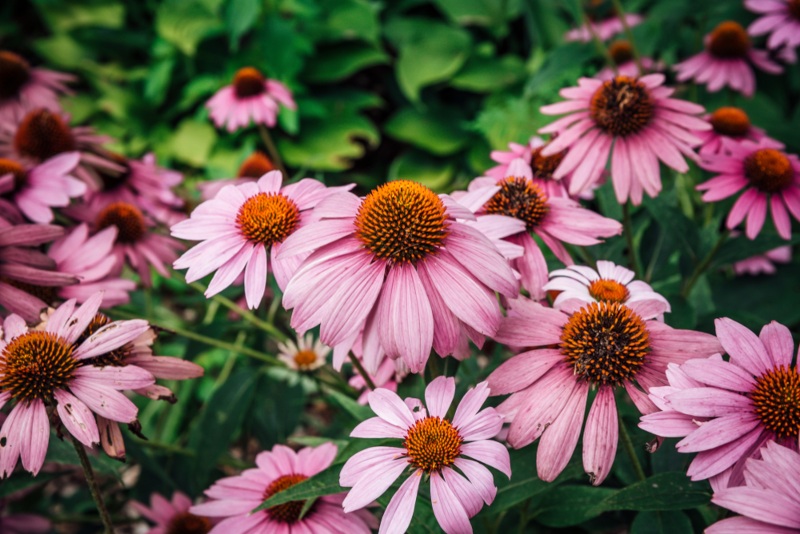
We all want to add that perfect pop of color to our gardens once the soil begins to warm and spring truly arrives.
April marks that magical moment in the gardening calendar when longer days and milder temperatures create ideal conditions for planting a wonderful variety of flowers.
Whether you’re looking to establish perennials that return year after year, sow quick-blooming annuals for instant gratification, or add flowering shrubs to your landscape, April offers the perfect opportunity to get your garden ready for a season of stunning color.
But what exactly should you plant in April?
Today, we’ll go over 15 excellent flower choices. From showy dahlias to humble violas, these beauties support pollinators and suit every gardening style and space.
Annual Flowers for April Planting
1. Snapdragons (Antirrhinum majus)
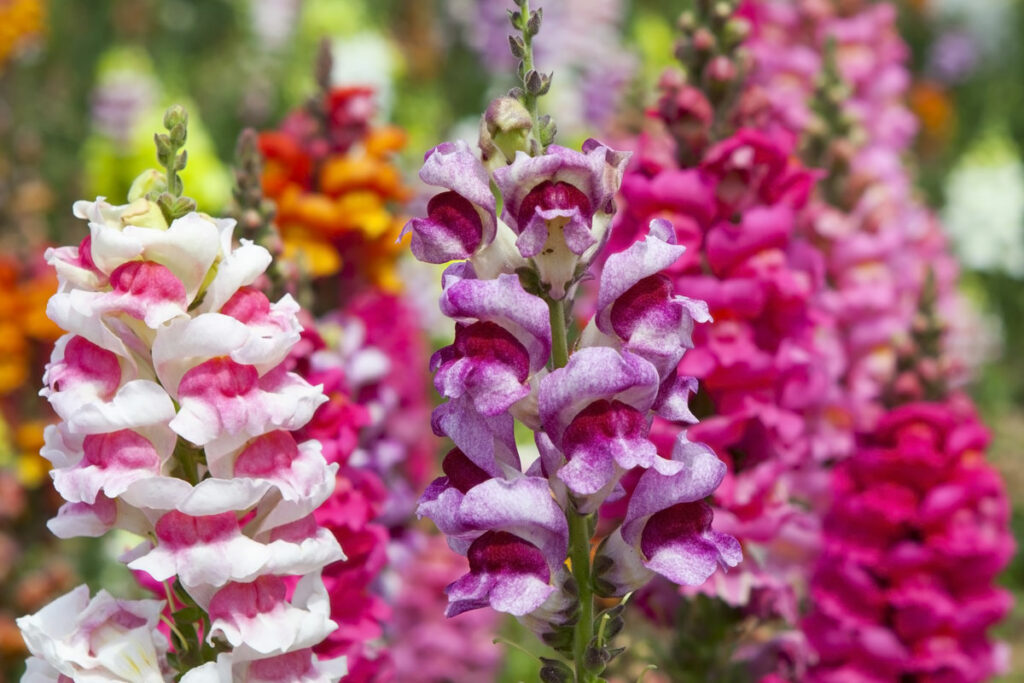
Snapdragons are classic spring beauties that bring vertical interest and charm to any garden. Their uniquely shaped blooms in shades of pink, yellow, red, orange, and purple create a rainbow of possibilities for your spring garden. These frost-tolerant flowers can withstand temperatures in the 20s Fahrenheit, making them suitable for zones with late frosts.
Plant snapdragons in well-draining soil where they’ll receive full sun to light shade. While they prefer consistent moisture, they’re relatively forgiving once established.
If you’re looking to create a cottage garden feel or need height in your flower beds, snapdragons deliver beautiful results with minimal fuss.
2. Marigolds (Tagetes spp.)
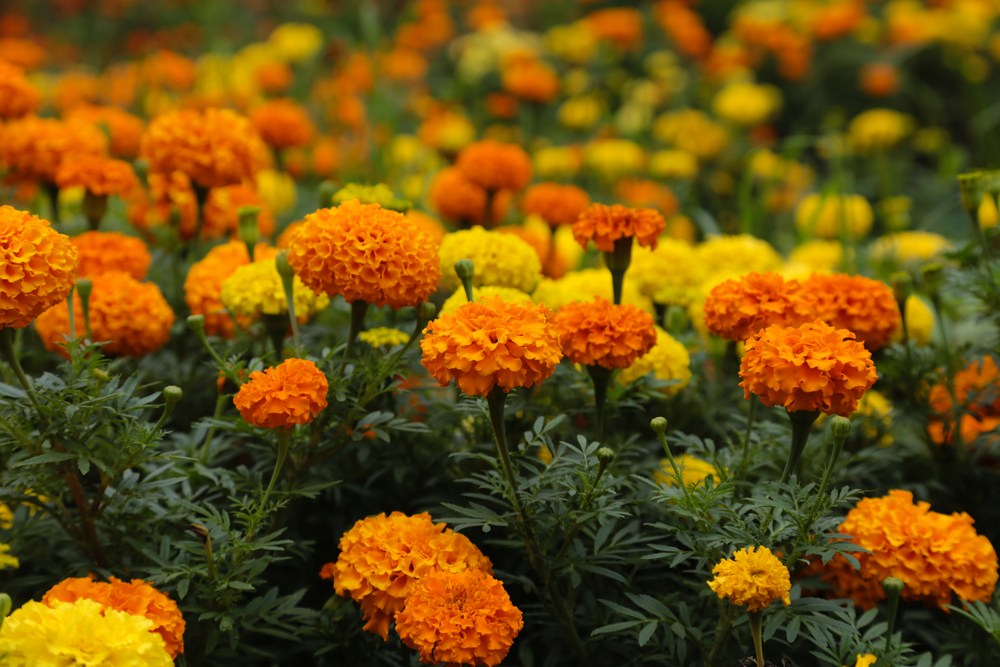
Marigolds are garden workhorses that offer both beauty and function. Their sunny colors of yellow, orange, and red create instant cheer while their distinctive scent helps deter certain garden pests. French marigolds grow 1-2 feet tall with richly colored flowers that bloom continuously from spring until frost.
These vibrant annuals have excellent pest-repelling properties that make them wonderful companions in vegetable gardens – particularly near tomatoes and peppers where they help discourage nematodes. And while you’re enjoying their bright blooms all season, you can let a few go to seed and collect them for next year’s plantings.
Plant marigolds in full sun with moderate water, and they’ll reward you with non-stop color. If you’re looking to attract butterflies while discouraging less desirable insects, marigolds are a perfect choice for containers, borders, or scattered throughout your vegetable beds.
3. Sweet Peas (Lathyrus odoratus)
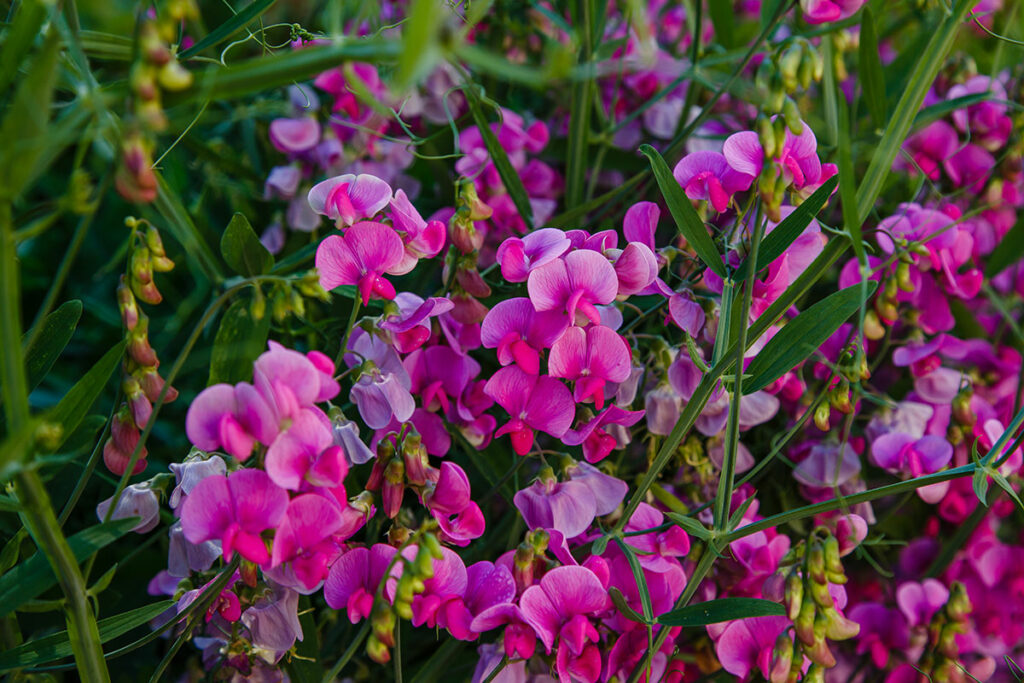
April is the perfect time to sow sweet peas, which can be planted directly into prepared beds or started indoors for later transplanting. These climbing annuals produce delicately fragrant blooms that fill your garden with a sweet, intoxicating scent, making them one of the birth flowers for April.
Sweet peas reward gardeners quickly, often flowering within a month of planting, and their climbing tendrils readily scale trellises, fences, and arbors. The range of colors is impressive – from pure whites and soft pinks to deep purples and bicolor varieties that create a stunning visual display.
Plant sweet peas in rich, well-draining soil where they’ll receive at least 6 hours of sun. They prefer cooler temperatures, making April the ideal time before summer heat arrives. If you’re looking to bring fragrance to your garden or create vertical interest along a fence line, sweet peas deliver both beauty and scent in abundance.
4. Sunflowers (Helianthus annuus)
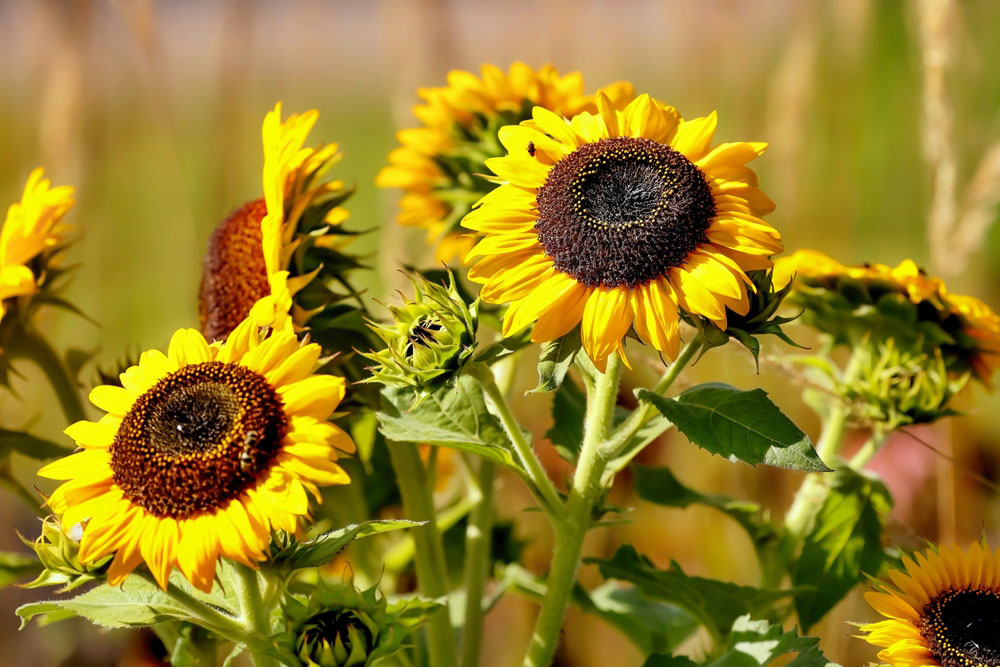
Few flowers make as dramatic a statement as sunflowers. This month is an ideal time to plant these cheerful giants when soil temperatures reach at least 60°F. Varieties range from towering giants that can reach over 10 feet tall to compact types perfect for containers or front borders.
Sunflowers are remarkably easy to grow from seed and typically need little attention once established, making them perfect for beginners or gardeners seeking low-maintenance options. Beyond their ornamental value, they also attract pollinators and birds, who love the seeds as they mature.
Plant sunflowers in full sun with well-draining soil, and give the larger varieties adequate space and support. If you’re looking to create a dramatic backdrop, attract wildlife, or grow flowers with children, sunflowers are an excellent choice that delivers big impact with minimal effort.
5. Cosmos (Cosmos bipinnatus)
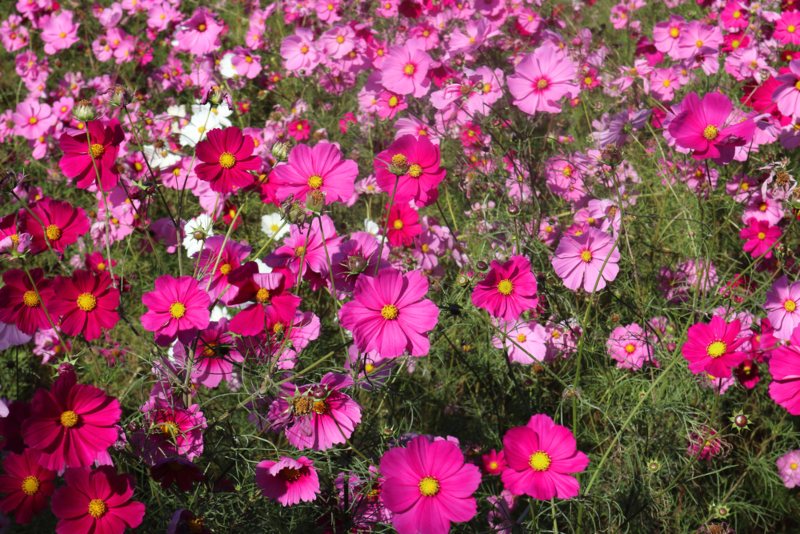
With their delicate, feathery foliage and daisy-like blooms, cosmos create vertical interest in gardens while attracting pollinators. These graceful flowers seem to dance in the slightest breeze, adding movement and life to garden beds and borders.
Cosmos come in shades of pink, white, and crimson with bright yellow centers that attract bees and butterflies. They’re exceptionally easy to grow but are susceptible to powdery mildew, so avoid overhead watering. Direct sowing in April will yield blooms that last throughout summer and into fall.
Plant cosmos in average to poor soil with full sun – they actually bloom better without rich soil. If you’re looking for easy-care flowers that provide height, movement, and pollinator appeal, cosmos deliver all three with nearly no maintenance required.
Perennial Flowers for April Planting
6. Delphiniums (Delphinium elatum)
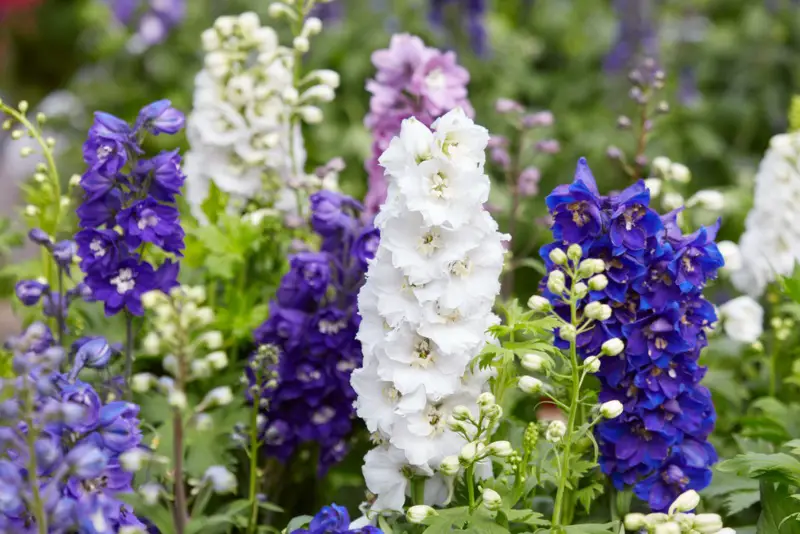
Delphiniums create striking vertical elements in spring gardens with their tall, majestic flower spikes. With vibrant blues, purples, pinks, and whites, these cottage garden classics attract bees and make excellent cut flowers.
While the flowers themselves aren’t frost-tolerant, the foliage can withstand light frosts, making April a good planting time in many zones. Remember to wear gloves when handling delphiniums as they are poisonous – a good practice to keep in mind if you garden with pets or children nearby.
Plant delphiniums in rich, well-draining soil where they’ll receive morning sun but afternoon shade in warmer regions. If you’re looking to create dramatic height in your perennial borders or establish a classic cottage garden look, delphiniums provide vertical drama that few other perennials can match.
7. Primroses (Primula spp.)
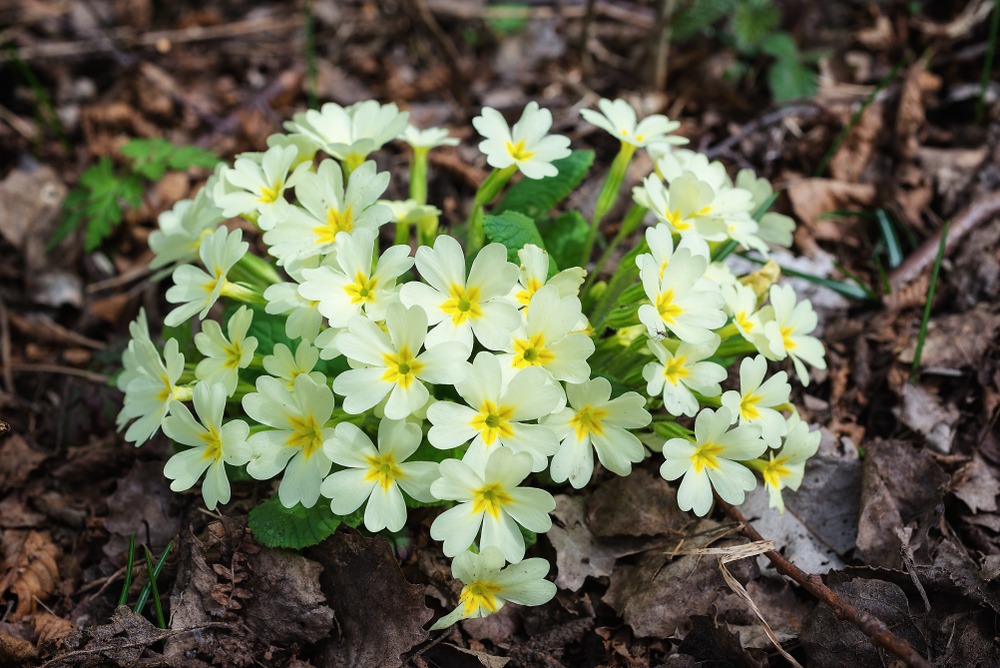
Spring gardens benefit tremendously from primrose varieties. From candelabra types with blooms arranged in tiers to auricula varieties with their distinctive colored edges, primroses offer wonderful diversity for spring gardens. They bloom early in the season, providing color when other perennials are just waking up.
Plant primroses in rich, moisture-retentive soil in partial to full shade. If you’re looking to brighten darker corners of your garden or create interest in woodland settings, primroses offer charming blooms in conditions where many flowering plants struggle.
8. Coneflowers (Echinacea purpurea)

Coneflowers are must-have perennials for pollinator gardens and cutting beds. While their flowers aren’t frost-tolerant, their foliage withstands light frosts, making April a good time to plant them in warmer zones. With colors ranging from the traditional purple to whites, yellows, oranges, and reds, there’s a coneflower to complement any garden palette.
Once established, coneflowers are relatively drought-tolerant and will bloom throughout summer, providing both beauty and wildlife value. Their seedheads persist into winter, offering food for birds and visual interest in the dormant garden.
Plant coneflowers in full sun with well-draining soil, and they’ll reward you with years of reliable blooms with minimal care. If you’re looking to attract butterflies and birds while creating a native plant feel, coneflowers are an essential addition to any perennial garden.
9. Phlox (Phlox paniculata)
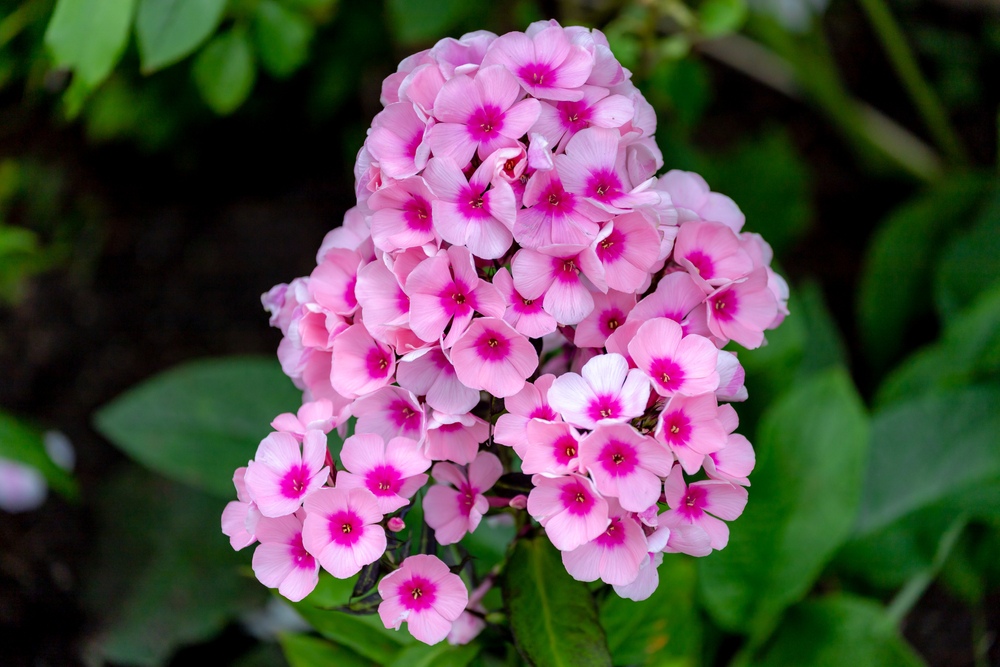
Phlox plants create vibrant displays of color with their large clusters of fragrant flowers that attract butterflies. With bloom colors spanning white, pink, salmon, red, lavender, and purple, these perennials add both color and sweet fragrance to the summer garden. While phlox roots are cold-hardy, late April frosts can damage foliage and flowers, so timing is important.
These clump-forming perennials work well in cottage gardens or meadow settings and make excellent cut flowers with their stiff stems and attractive foliage. Their sweet fragrance is an added bonus that enhances the garden experience.
Plant phlox in rich, moisture-retentive soil where they’ll receive at least 6 hours of sun and good air circulation to prevent powdery mildew. If you’re looking to add fragrance and butterfly appeal to your summer garden, phlox creates a beautiful focal point in perennial borders.
10. Astilbe
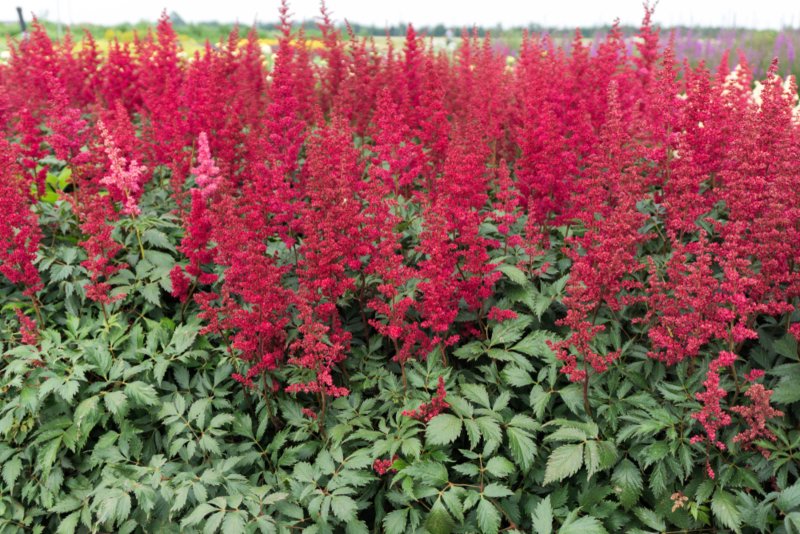
This month is ideal for planting bare-root perennials like shade-loving astilbe. These elegant plants grow from spring through summer, producing bottlebrush-shaped blooms in shades of pink, lilac, white, and red. Their feathery flower plumes add texture and vertical interest to woodland gardens and shady borders.
For best results, plant astilbe in partially shaded locations that receive some filtered sunlight. Their distinctive texture and form contrast beautifully with broader-leaved shade plants like hostas and heucheras.
Plant astilbe in rich, moisture-retentive soil in partial to full shade. If you’re looking to brighten shady areas with distinctive flowers and textural foliage, astilbe offers both with minimal maintenance requirements.
Flowering Shrubs and Vines for April
11. Clematis
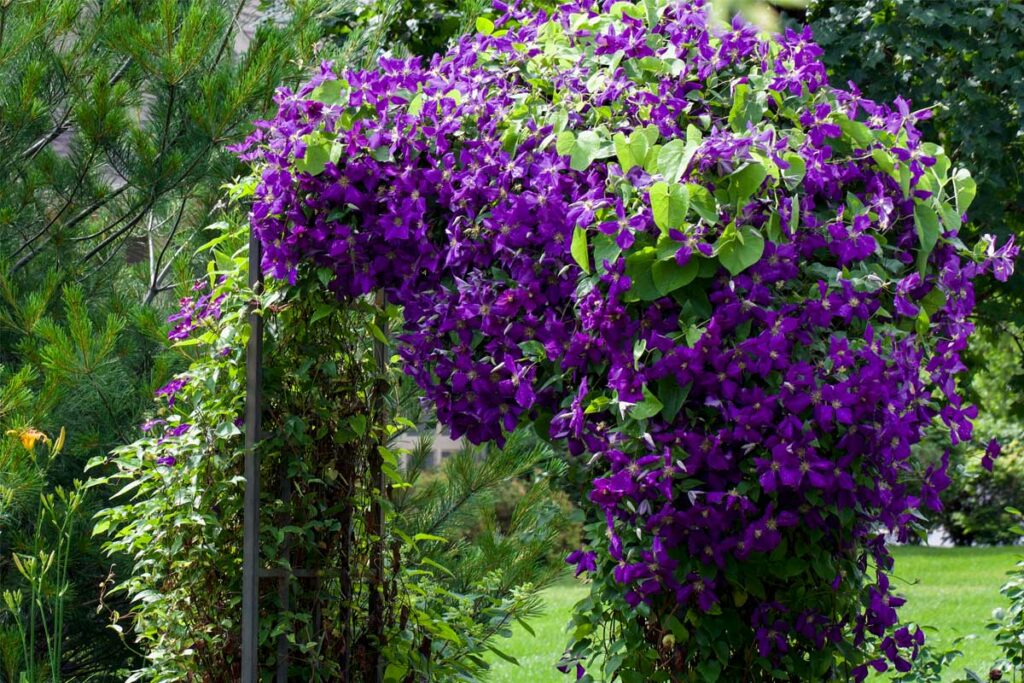
Now is a perfect time to transplant clematis vines, which quickly establish themselves and provide vertical interest in gardens. Most varieties prefer full sun, though some thrive in partial shade. To encourage healthy growth, mulch around clematis roots to retain moisture and keep the soil cool, being careful to keep mulch several inches away from the crown where vines emerge from the soil.
Clematis offer a range of flower colors and forms, making them versatile additions to garden structures. From large-flowered types to small-flowered species, there’s a clematis for every garden style.
Plant clematis with their crown at soil level or slightly below in rich, well-draining soil. If you’re looking to cover a fence, trellis, or arbor with beautiful blooms, clematis creates stunning vertical displays that enhance garden architecture.
12. Rosemary (Rosmarinus officinalis)
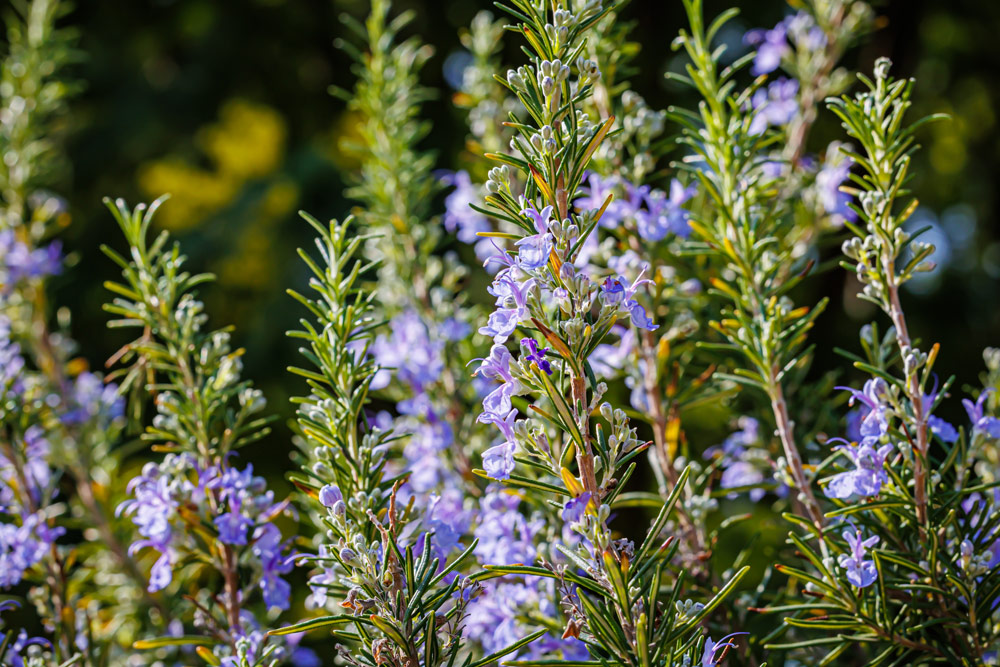
Rosemary serves as both a culinary herb and an ornamental flowering shrub. This drought-tolerant evergreen produces small blue or purple edible flowers and thrives through summer when provided at least six hours of full sunlight. Its aromatic foliage adds sensory interest to the garden while its flowers attract beneficial insects.
As a Mediterranean plant, rosemary prefers well-draining soil and moderate watering. Its upright or trailing forms can be used in various garden settings from formal herb gardens to casual cottage styles.
Plant rosemary in full sun with excellent drainage – even slightly rocky soil is fine. If you’re looking to combine culinary and ornamental value in one plant, rosemary offers year-round interest with minimal care requirements.
Bulbs and Specialty Flowers for April
13. Dahlias
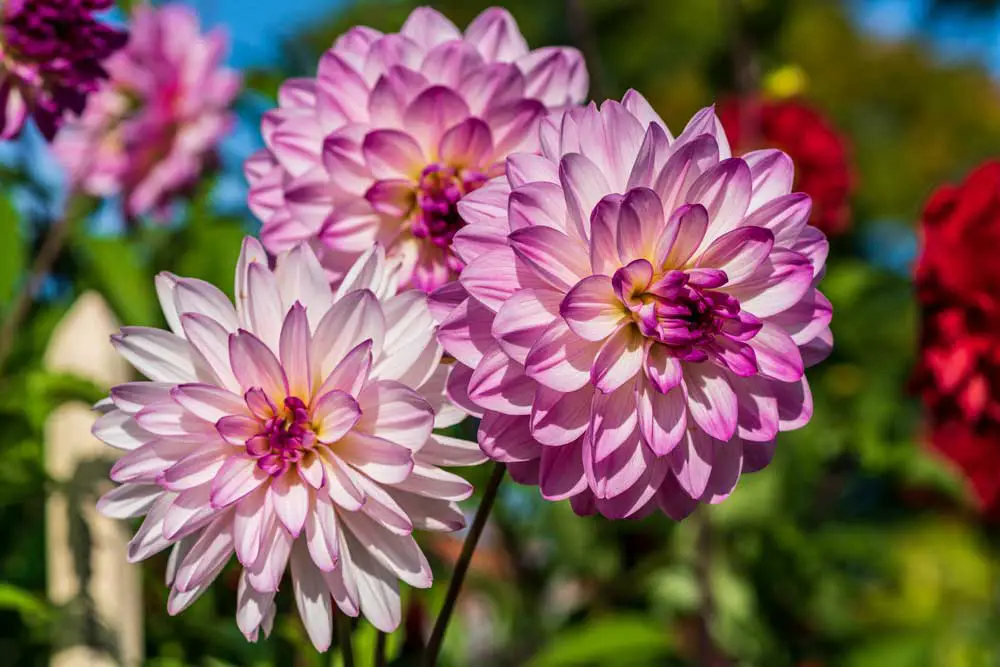
For gardeners in warmer zones 8-11, April is ideal for planting dahlia tubers. These showstopping flowers produce large, flamboyant blooms throughout summer in a wide range of colors and forms. With sizes ranging from diminutive pompoms to dinner-plate sized blooms, dahlias offer incredible diversity.
While dahlias require more maintenance than some other plants, they’re invaluable for cutting gardens. In colder zones, dahlia tubers must be dug up in fall and stored until spring, but their spectacular blooms make this extra effort worthwhile.
Plant dahlias in rich, well-draining soil where they’ll receive full sun. If you’re looking to create a cutting garden or want dramatic focal points in your summer borders, dahlias deliver unmatched variety and impact.
14. Ranunculus (Persian Buttercups)
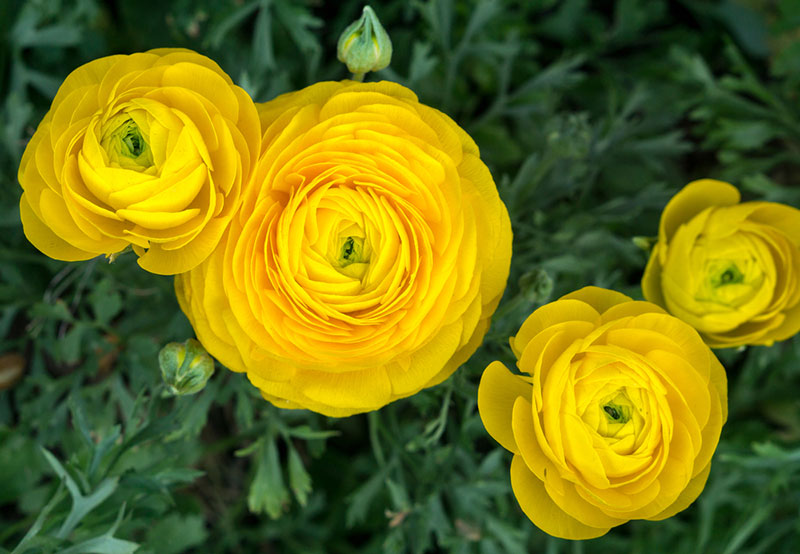
Ranunculus produces rose-like blooms on long stems, making them favorites with florists and home gardeners alike. These early spring flowers can be grown from tubers planted in early Spring or purchased as potted plants. For best results, plant ranunculus in full sun with well-drained soil to prevent root rot.
Their beautiful blooms pair well with other spring annuals like violas, snapdragons, and poppies, though their beauty is fleeting as they decline when summer heat arrives. The extraordinary range of colors and the perfectly formed rose-like blooms make them worth this seasonal limitation.
Plant ranunculus in full sun with excellent drainage and consistent moisture during the growing season. If you’re looking to create spring displays with elegant, sophisticated blooms, ranunculus offers professional-looking flowers for both garden beds and cutting.
15. Violas and Pansies
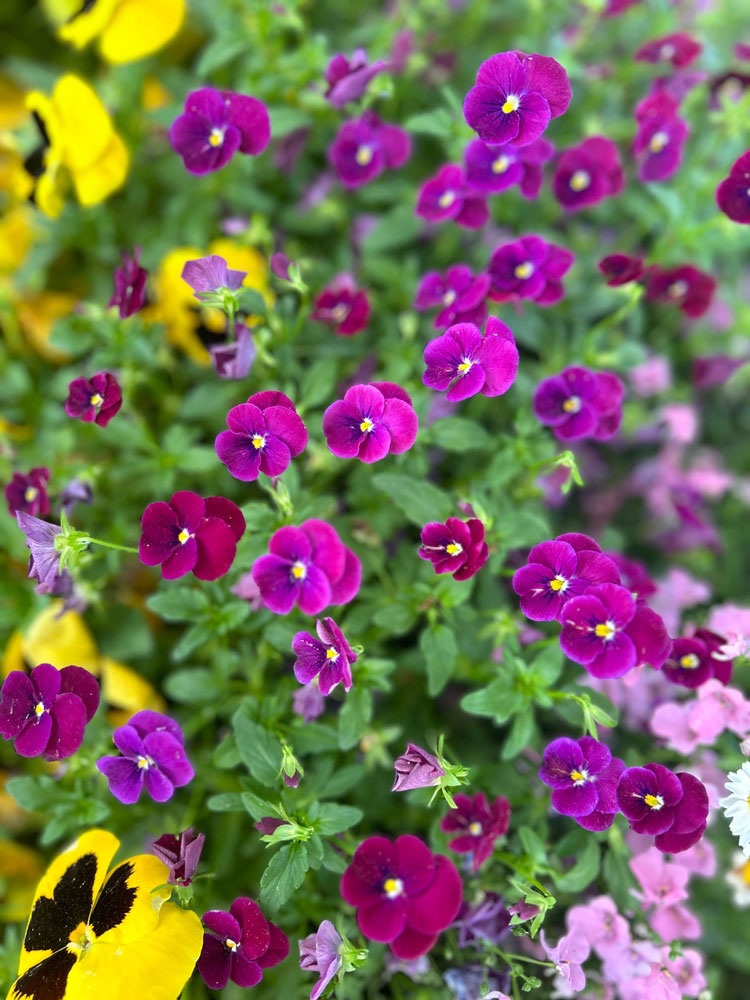
These frost-tolerant, semi-evergreen flowers are surprisingly sturdy despite their delicate appearance. Available in nearly every color of the rainbow, violas and pansies bring early color to the spring garden and can bloom through light frosts and even snow.
Beyond their ornamental value, violas and pansies are edible and make lovely decorations for baked goods or garnishes for cold dishes. They perform well in containers or as border plants in partial shade to full sun locations.
Plant violas and pansies in rich, moisture-retentive soil where they’ll receive morning sun but afternoon shade in warmer regions. If you’re looking for early-season color that laughs at late frosts, violas and pansies offer charming blooms when many other plants are still dormant.

